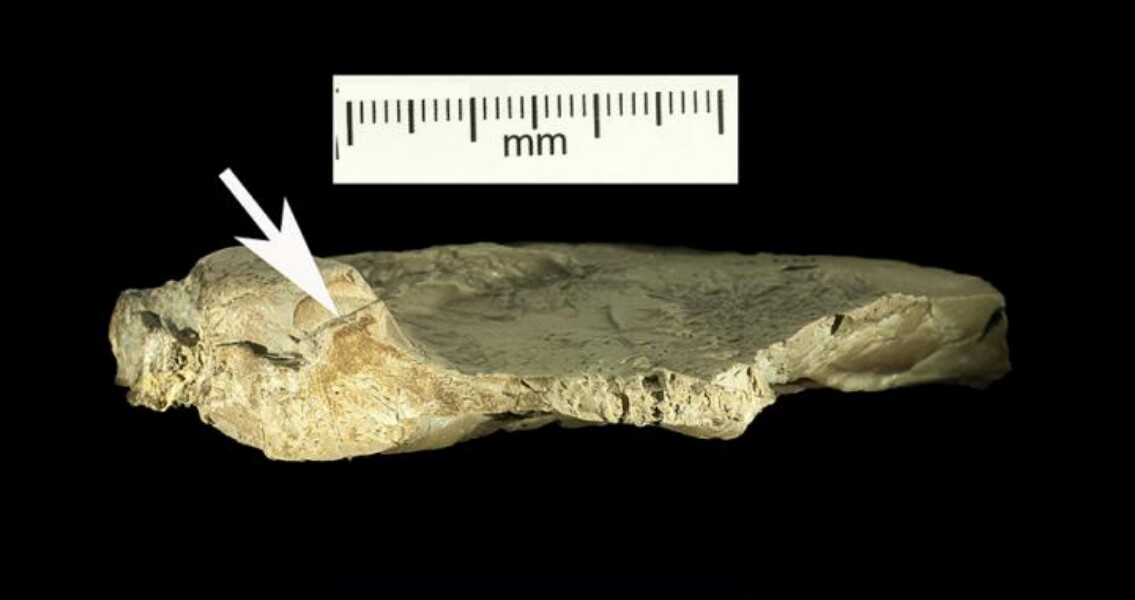<![CDATA[The discovery of a unique-looking rock, completely different from all other items found in a cave in Croatia once inhabited by Neanderthals, could point to the extinct species being rock collectors. Much has been made of the idea that Neanderthals, our close evolutionary cousins, were just not quite bright enough to cut it when compared to modern humans. The vision of brutish, slope-browed imbeciles not much smarter than gorillas has become a major trope in popular culture, but increasing amounts of archaeological evidence has been re-shaping our image of Neanderthals into a more introspective species – and a piece of split limestone, discovered at a 130,000-year-old site known to have been inhabited by Neanderthals, might be even more proof of this. A group of international researchers, including a scientist from the University of Kansas, found the small, brown-colored rock among the detritus left behind by Neanderthals far in the past, according to a university press release. University of Kansas professor emeritus of anthropology David Frayer said that the rock is visually interesting, adding that a modern human stumbling across it would have also doubtlessly taken it home with them. So what’s the significance of this find? It’s yet another indicator that our long-gone relatives were independently capable of instilling symbolic importance in the objects around them – a major touchstone for the development of culture. The rock itself was found more than a century ago at the Krapina Neanderthal site, and had been part of a collection at Zagreb’s Croatian Natural History Museum before it was recently re-examined by the researchers. This isn’t the first time this particular group of scientists has come forward with evidence pointing to a deeper cultural life among Neanderthals. In 2015, the research group made headlines about a piece of jewelry that had been made from eagle talons, also found at the Croatian site. The phenomenon isn’t confined to this one site, either – Frayer says that other sites investigated by independent researchers have yielded shell collections that bear traces of pigments, evidence that they were purposely used for some sort of decorative element. The Krapina stone drew attention immediately because of the geology of the site. With the cave being made from sandstone, a rock made from split limestone stood out definitively, Frayer remarked. Additionally, out of the more than 1,000 lithic items catalogued from Krapina, none are similar to the rock in any way. Despite this, the original team of archaeologists from the turn of the nineteenth century simply collected the sample. There’s also evidence that the rock was not chosen to be used as a tool. The roughly four-inch-by-five-inch hunk of limestone shows no evidence of modification such as striking platforms, leading the team to assume it had not been broken apart on purpose and was simply picked up because of its aesthetic appeal. The new research paper, published in the French-language journal Comptes Rendus Palevol but available in both English and French, can be found here Image courtesy of David Frayer, University of Kansas]]>
Neanderthals Liked Picking Up Pretty Rocks Too
